
Ask ten Christians what the Eucharist or Lord’s Supper means, and you might get ten different answers. For many, it’s symbolic—a reminder of what Jesus did. But if we take Jesus’ own words seriously, and consider how His followers responded, something very different comes into view.
The Catholic Church teaches that the Eucharist is not merely a symbol, but the real presence of Jesus Christ—His body, blood, soul, and divinity—under the appearances of bread and wine. This isn’t a medieval invention or a theological add-on. It’s the plain, challenging teaching of Christ Himself, rooted in Scripture and confirmed by the earliest Christians.
Let’s take a closer look.
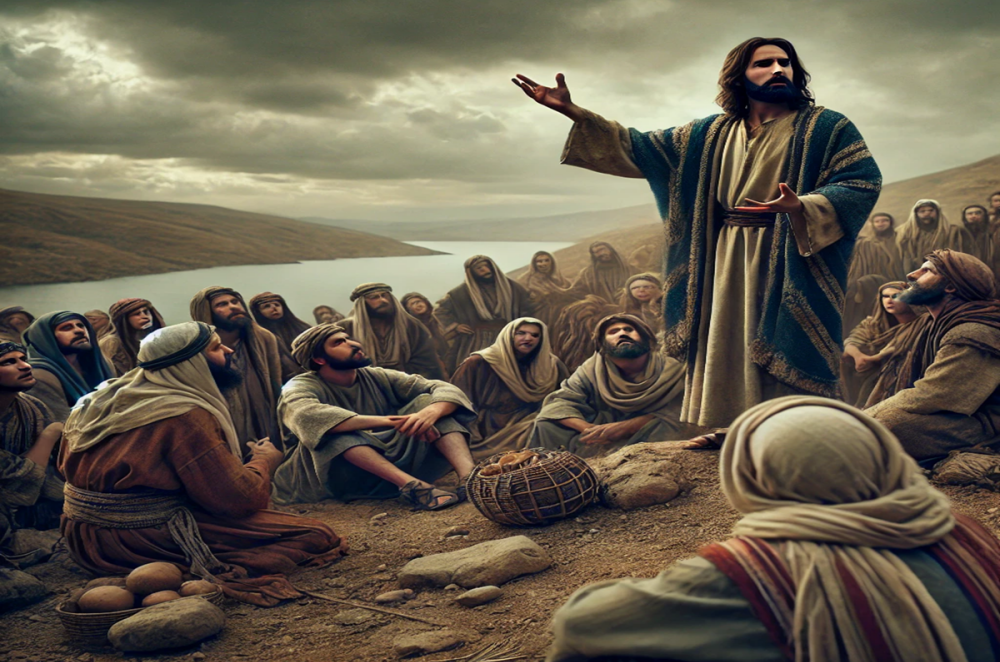
Not Your Average Teaching
Jesus often used metaphors—“I am the vine,” “I am the door,” “I am the good shepherd.” In each case, the crowd understood it as figurative speech, and if they didn’t, Jesus clarified.
But in John 6, something very different happens. Jesus declares:
“Unless you eat the flesh of the Son of Man and drink his blood, you have no life in you.” (John 6:53)
Instead of explaining away the confusion, He intensifies it. The word He uses for “eat” eventually shifts to trogein—a Greek verb that means “to gnaw” or “chew.” It’s blunt, even disturbing.
The reaction? Many of His disciples walked away. They had already believed in Him. They had seen miracles. But this teaching was too much. And Jesus didn’t stop them. He simply turned to the Twelve and asked, “Do you also want to leave?” St. Peter answered, “Lord, to whom shall we go? You have the words of eternal life.”
If Jesus had only meant “believe in me” or “receive my message,” it would have been the perfect moment to clarify. Instead, He let those who walked away go, reinforcing the literal reality of what He had just said.
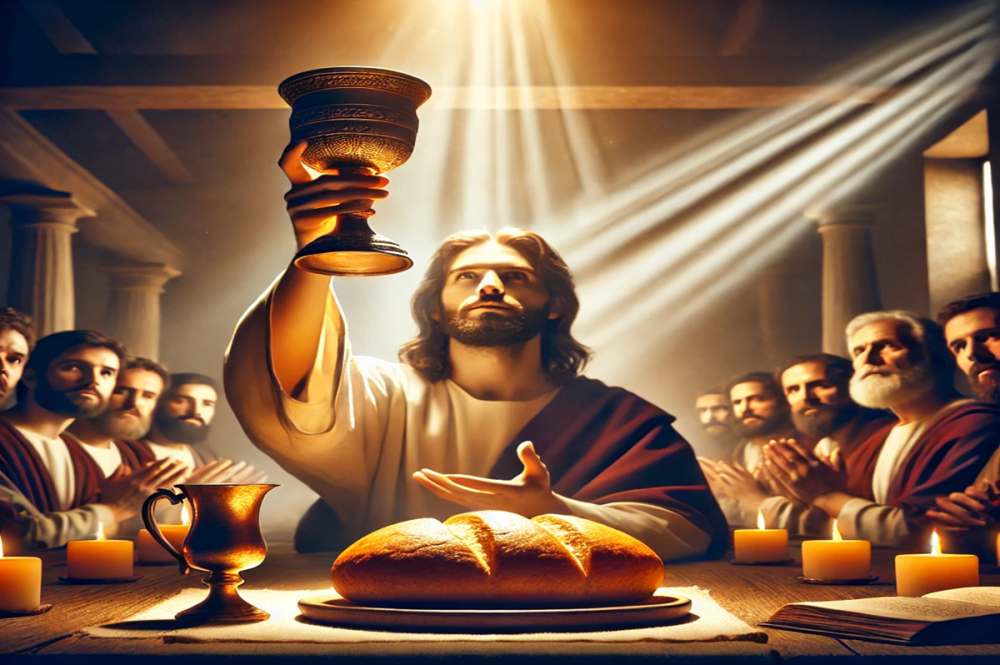
A Sacrifice, Not a Symbol
In 1 Corinthians 10, St. Paul reflects on the Christian celebration of the Eucharist:
“The cup of blessing that we bless, is it not a participation in the blood of Christ?
The bread that we break, is it not a participation in the body of Christ?” (1 Corinthians 10:16)
Paul doesn’t use symbolic language. He compares Christian worship to both Jewish temple sacrifices and pagan altar rituals, in which people consumed real sacrificial offerings. He even warns that you cannot “partake of the table of the Lord and the table of demons.”
Why would Paul compare the Eucharist to pagan sacrifices—where food was offered to idols—if it were only a memorial?
Because the Eucharist is a true sacrifice, the re-presentation of Jesus’ once-for-all offering on Calvary. And by receiving it, we are united to that offering in a real, sacramental way.

It’s a Matter of Life and Death
Paul’s words grow even more intense in 1 Corinthians 11:
“Whoever eats the bread or drinks the cup of the Lord in an unworthy manner will be guilty of profaning the body and blood of the Lord.” (v. 27)
He warns that failing to “discern the body” leads to judgment—and says that some in the Corinthian church have fallen ill or even died as a result.
No symbolic act carries this kind of consequence. Paul doesn’t say “guilty of disrespecting the symbol of Christ”—he says guilty of the body and blood of the Lord.
This warning only makes sense if what’s being received is truly Christ Himself.
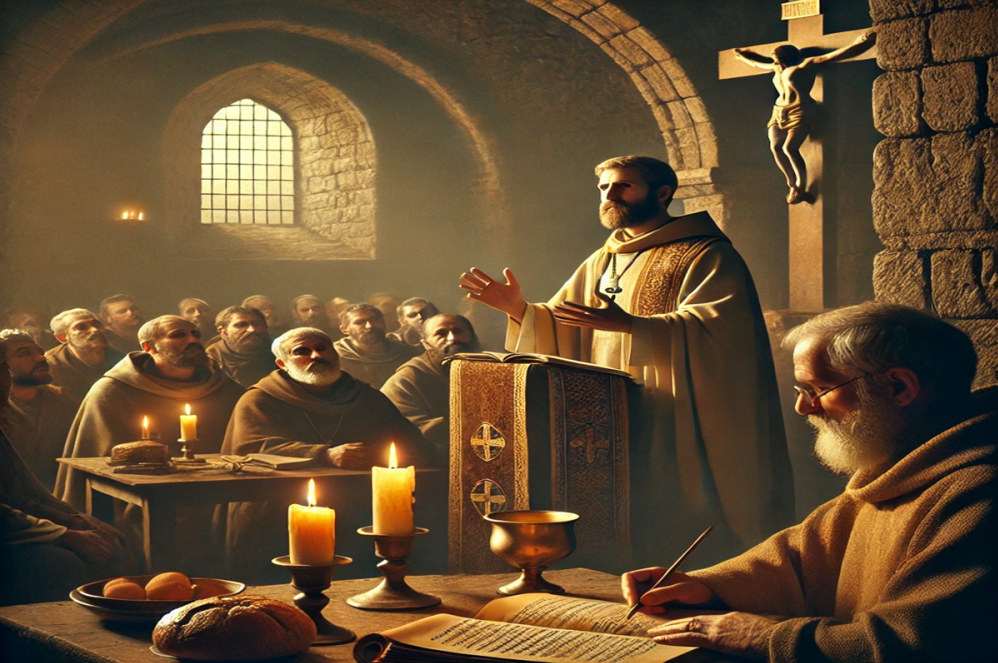
Echoes from the Early Church
You don’t have to take modern Catholicism’s word for it. The earliest Christian writings outside the Bible confirm the same understanding.
Around A.D. 107, a bishop named Ignatius of Antioch wrote about those who refused to receive the Eucharist because they denied it was the actual flesh of Christ:
“They abstain from the Eucharist and from prayer because they do not confess that the Eucharist is the flesh of our Savior Jesus Christ.”
(Letter to the Smyrnaeans)
He also called the Eucharist the “medicine of immortality” and the means by which we live forever in Christ.
These early Christians didn’t believe the Eucharist was symbolic—they believed it was sacred, real, and powerful. And this belief wasn’t rare or regional. It was the norm across the ancient Church.
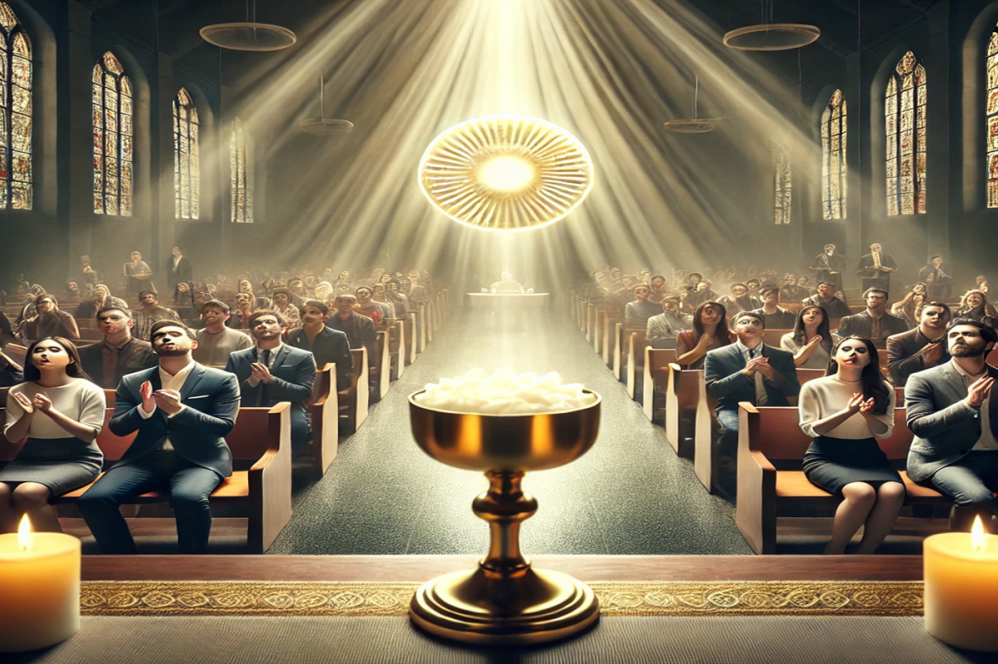
Still Shocking Today
Even today, the Catholic teaching on the Eucharist can be hard to accept. The idea that bread and wine become the actual Body and Blood of Christ—while retaining their appearance—sounds bizarre.
But that’s the point.
It was hard to believe in the first century, too. That’s why many walked away. That’s why early Christians were accused of cannibalism. That’s why the Church has always taught this mystery with awe and reverence.
There’s nothing casual about the Eucharist. It is meant to shock us, because it reveals how far God is willing to go to be united with us—not just spiritually, but physically, sacramentally.
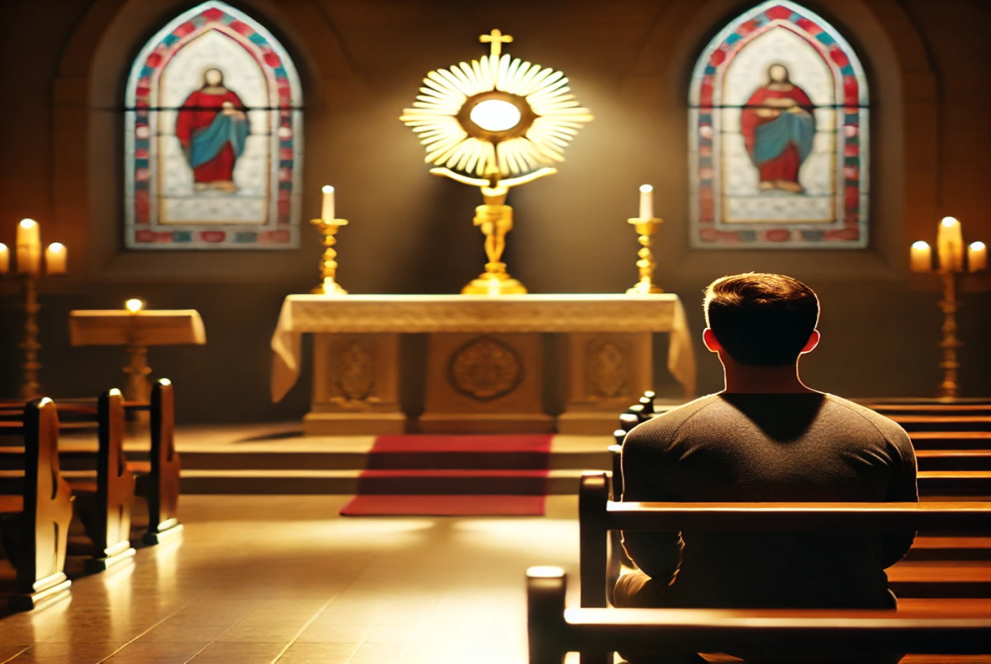
Is Your Belief Rooted in Christ’s Teaching?
If your understanding of the Eucharist is comfortable, abstract, or purely symbolic, it might be time to look again—at Scripture, at history, and at the witness of the early Church.
Jesus didn’t offer vague metaphors. He offered Himself.
(As an Amazon Associate I earn from qualifying purchases)
Explore More
- John 6:22–71 – Jesus, the Bread of Life (New Catholic Bible)
- 1 Corinthians 10–11 – Paul’s Teaching on Communion (New Catholic Bible)
- For Real? Christ’s Presence in the Eucharist
- This is My Body: A Call to Eucharistic Revival
- The Eucharist Is Really Jesus-How Christ’s Body and Blood Are the Key to Everything We Believe
- Catechism of the Catholic Church on the Eucharist (1322–1419)
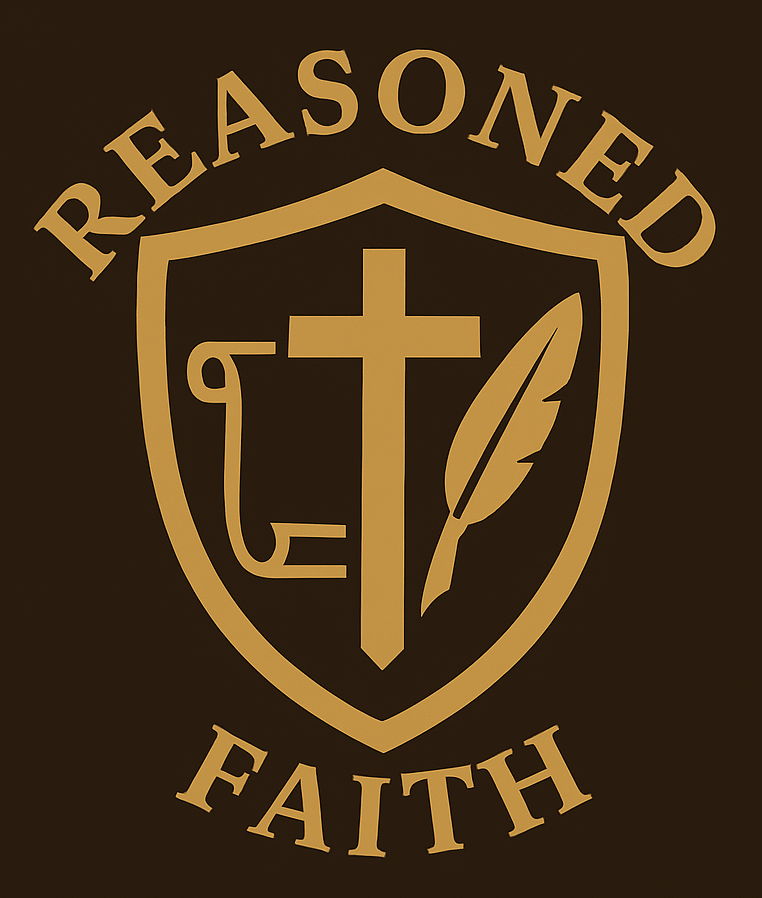
One fascinating aspect of the Eucharist is how different Christian traditions interpret Jesus’ words, “This is my body.” Some take it literally, while others view it symbolically. Given the historical and theological debates on this, how do you think early Christians, particularly those in the first few centuries, understood it? Were their views more in line with transubstantiation, consubstantiation, or a purely memorial perspective? Understanding their perspective could provide deeper insight into what Jesus truly intended. Also, how do you see the role of the Eucharist in fostering unity among Christians today, despite doctrinal differences?
Great question—early Christian writings leave little doubt that the Eucharist was taken very literally. While the technical terms like transubstantiation weren’t coined yet, the belief in the real presence of Jesus—His actual body and blood—was clearly there from the start.
Ignatius of Antioch (c. 110 AD), a student of the Apostle John, warned against those “who abstain from the Eucharist and from prayer because they do not confess that the Eucharist is the flesh of our Savior Jesus Christ” (Letter to the Smyrnaeans 6–7). That’s not symbolic language—he’s pushing back on early denials of the real presence.
Justin Martyr (c. 150 AD) wrote that “we do not receive these as common bread and common drink,” but as “the flesh and blood of that Jesus who was made flesh” (First Apology, 66). Again, it’s clear he’s not describing a mere memorial.
Irenaeus (c. 180 AD), a disciple of Polycarp (who was taught by John), explained that just as bread and wine become the Eucharist, “so also our bodies, receiving the Eucharist, are no longer corruptible, having the hope of the resurrection” (Against Heresies 4.18.5). He tied the Eucharist to real transformation.
Cyril of Jerusalem (c. 350 AD) told new Christians, “Do not regard the bread and wine as simply that, for they are, according to the Master’s declaration, the body and blood of Christ” (Mystagogical Catecheses 4.3–6). He told them not to rely on their senses but on faith.
Augustine (early 5th century) sometimes spoke metaphorically, but even he affirmed Christ’s real presence. He said, “That which you see is the bread and the chalice… but what your faith obliges you to accept is that the bread is the body of Christ and the chalice is the blood of Christ” (Sermon 272).
So no, this wasn’t just a memorial for them. And while the Church hadn’t yet developed the language of “transubstantiation,” the belief that the bread and wine became Jesus’ actual body and blood was already embedded in their practice and catechesis.
As for unity—ironically, the Eucharist is both a sign of communion and a dividing line. Christ meant it to be the source of unity, but real unity assumes agreement on what it is. That’s why early Christians were so careful to guard the Eucharist—it wasn’t just a symbol to them. It was sacred, and how one viewed it mattered.
Let me know if you want more quotes or how this lines up with modern denominational views.
As an evangelical Christian, I deeply respect the desire to take Jesus’ words seriously, but I believe the Lord’s Supper is a symbolic act rather than a literal transformation. Jesus frequently used powerful imagery to convey spiritual truths—calling Himself the ‘bread of life’ (John 6:35) and speaking of being the ‘vine’ (John 15:5). Yet, we don’t take these as physical realities.
When Jesus instituted the Lord’s Supper, He said, ‘Do this in remembrance of me’ (Luke 22:19), emphasizing a memorial rather than a re-presentation of His sacrifice. Paul also calls it a proclamation of the Lord’s death ‘until He comes’ (1 Cor. 11:26), reinforcing the idea of remembrance rather than transubstantiation.
The Lord’s Supper is one of two church ordinances—along with baptism—given to believers as a visible expression of our faith. It unites us as the body of Christ and reminds us of the once-for-all sacrifice Jesus made on the cross (Hebrews 10:10). The early church’s devotion to the breaking of bread (Acts 2:42) was an act of fellowship and spiritual nourishment, not a continual sacrifice.
How do we balance a reverent approach to the Lord’s Supper while maintaining its intended symbolism? I’d love to hear different perspectives!
Thanks for your thoughtful and respectful comment—these are exactly the kinds of conversations that help us all grow deeper in understanding. I really appreciate how seriously you take Scripture.
You’re absolutely right that Jesus often used symbolic language—He called Himself the vine, the door, the shepherd. But the context of John 6 is strikingly different. When Jesus said, “My flesh is true food, and my blood is true drink” (John 6:55), He didn’t correct His listeners when they took Him literally and walked away—He doubled down. The Bible says in John 6:66, “From that time many of his disciples turned back and no longer followed him.” In fact, He even used the Greek word trogo, meaning to “gnaw” or “chew,” to emphasize the literal nature of what He was saying. If He meant it symbolically, He had every opportunity to clarify—but He didn’t.
And yes, Jesus said, “Do this in remembrance of Me” (Luke 22:19), but “remembrance” in a Jewish context is far more than just calling something to mind. It’s a real participation in the saving act of God—just like the Passover meal wasn’t just symbolic but a way for each generation to enter into what God had done for their ancestors. Jesus, the Lamb of God, fulfills and transforms the Passover in the Eucharist—not just as a memorial, but as a new covenant in His blood (Luke 22:20).
Paul even says in 1 Corinthians 11 that “anyone who eats and drinks without discerning the body eats and drinks judgment upon himself” (v. 29). That would be a strangely severe warning if the elements were only symbolic. And the early Church clearly believed in the Real Presence. St. Ignatius of Antioch—writing around A.D. 110 as bishop of the same Antioch mentioned in the Bible—was likely appointed by Peter and was a disciple of the Apostle John. He warned against those “who abstain from the Eucharist because they do not confess that the Eucharist is the flesh of our Savior Jesus Christ.”
So while we can all agree the Eucharist is meant to unite and nourish the Church, Catholics also believe, as the early Christians and the disciples of Jesus’ disciples believed, that it’s truly Jesus—Body, Blood, Soul, and Divinity—just as He said.
Would love to keep the dialogue going!